How will smart technology affect designers and architects? Indesign Media Asia partnered with Schneider Electric to host a panel discussion with leading figures from Singapore’s A&D industry.

Narelle Yabuka (Indesign Media Asia), Terence Seah (Benoy), Damien Dhellemmes (Schneider Electric Singapore) and Seah Chee Huang (DP Architects)
November 17th, 2017
New technologies are steadily expanding the possibilities for how we live, work and connect with one another. But how is smart tech being integrated into our buildings and spaces? How is it translating into the user experience, and to the things we can see, touch and control?
These were the questions at the heart of a special discussion evening hosted by Schneider Electric and Indesign Media Asia at Space Furniture on 7 November 2017. We assembled a panel of speakers with intimate experience of integrating smart technology into the built environment: Damien Dhellemmes, Country President, Schneider Electric Singapore; Terence Seah, Director & Head of Singapore Studio, Benoy; and Seah Chee Huang, Director, DP Architects. The panel was moderated by Indesignlive.sg and Cubes magazine Editor Narelle Yabuka.
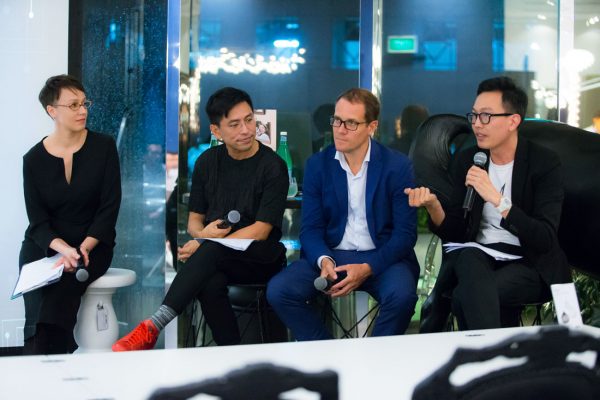
Chee Huang’s public-sector work at DP places him at the centre of Singapore’s drive toward becoming a smart nation. “The idea of a ‘smart nation’ opens up into different domains: mobility, living environments, business, health and services,” he said. “It’s beyond technology; it’s about the value of using technology to improve conditions and overcome challenges.”
He shared insights into DP’s enormous multi-agency-stakeholder project Our Tampines Hub (read about it in issue 88 of Cubes), where technology was key to the integration of services. “Conventional silos of stakeholder facilities are blurred, and the building is read as an integrated space. Successful integration of technology is when it’s invisible – it’s not intrusive and it doesn’t compromise how you move around the building,” he said.
He also introduced DP’s work on app development (with technology developed by DP’s hospitality team that assists with planning hotels) and a pilot project for a smart bus stop that has the potential to enrich the daily journeys of public transport users.
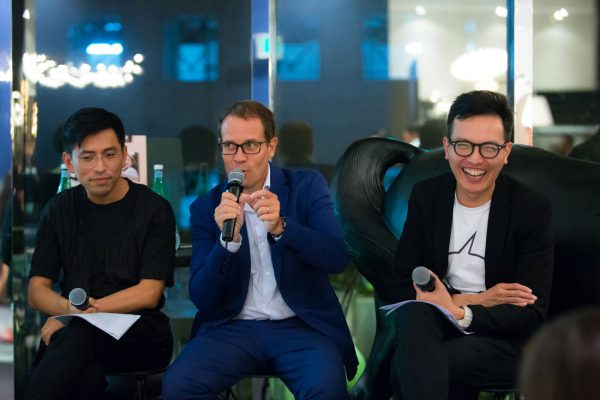
Terence is also front and centre in the integration of smart technology with important national projects. Benoy was the Concept Designer, Interior Designer, and Wayfinding and Signage Designer for Changi Airport’s new Terminal 4 (T4), and he recounted how the automated systems there were balanced with a deep concern for the human experience. “Every touchpoint has been thought about to reduce the traveller’s stress,” he said. “You have to think about the experience. ‘Smart’ is also about service, human interaction, convenience, and a better outcome for the customer and service provider.”
Schneider Electric provided an extensive energy management system for T4. Explained Damien, “We’re everywhere at T4, but you don’t see us. There are 150,000 sensors at Changi Airport, measuring temperature, light levels, humidity and movement, for example.”
The presence of Schneider Electric’s newest range of switches, which were displayed around the showroom for the evening, emphasised the importance of the human touchpoint with technology. The new AvatarOn switches have fully customisable covers. “The first object you touch in the morning is the alarm clock. The second object is the light switch. It’s also last thing you touch in the evening,” noted Damien, highlighting how important it is that we feel comfortable in our interactions with technology – however complex or simple it is.

He also discussed Schneider Electric’s work with energy company ENGIE at Pulau Semakau. There, Southeast Asia’s largest hybrid microgrid has been developed. It is a testing and demonstration project for remote power generation using local renewable energy sources such as wind, sun and tides.
The microgrid is part of the existing REIDS (Renewable Energy Integration Demonstrator in Singapore) initiative led by the Energy Research Institute at the Nanyang Technological University and developed in collaboration with Singapore’s Economic Development Board and National Environment Agency. “This is an example of Singapore playing its role as a smart nation and moving toward sustainability as well,” said Damien.
The panel discussion ended by touching on the big picture of how smart technology is altering – and might alter – the built environment. “Imagine a building that’s able to regulate its internal temperature the way the human body does,” suggested Terence. “This could change the parameters of design. We have the tools now to design a ‘living organism’.”
Offered Chee Huang, “Technology has allowed us to amplify the synthesising of design. We are able to validate things with these new tools and simulate various conditions. We can make more informed decisions and allow stakeholders to be part of those decisions.”
It’s a brave new technological world for A&D, that’s for sure.

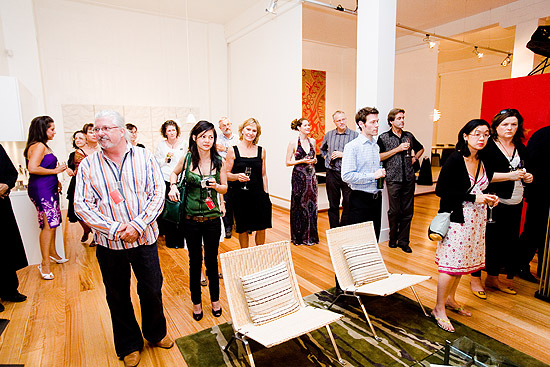
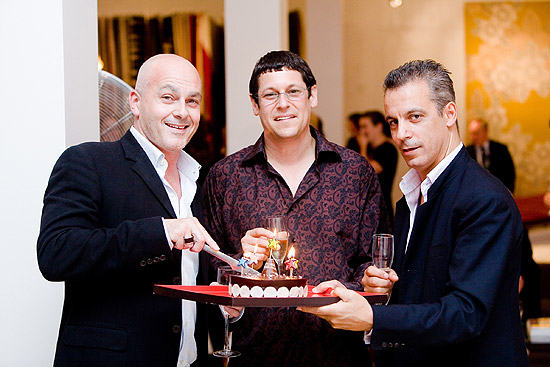

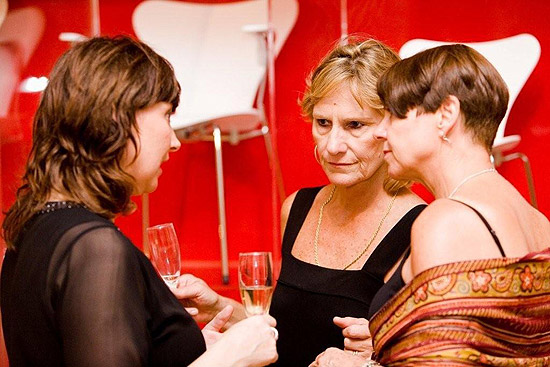
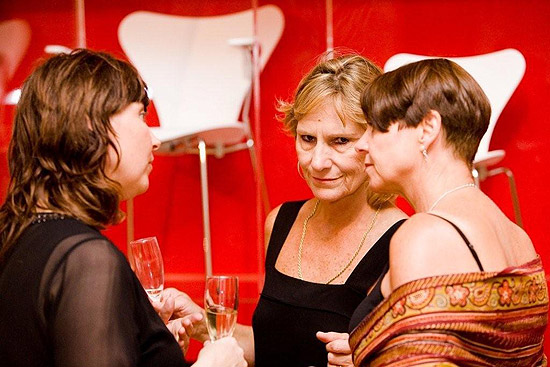
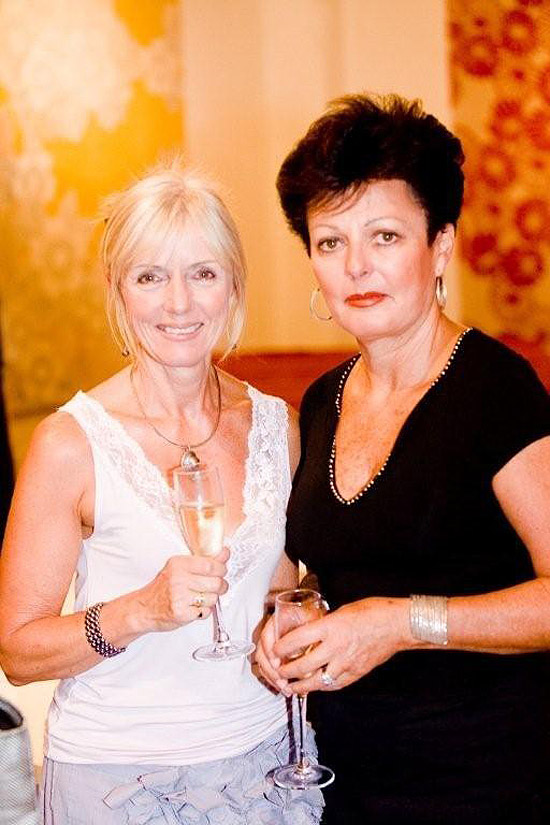
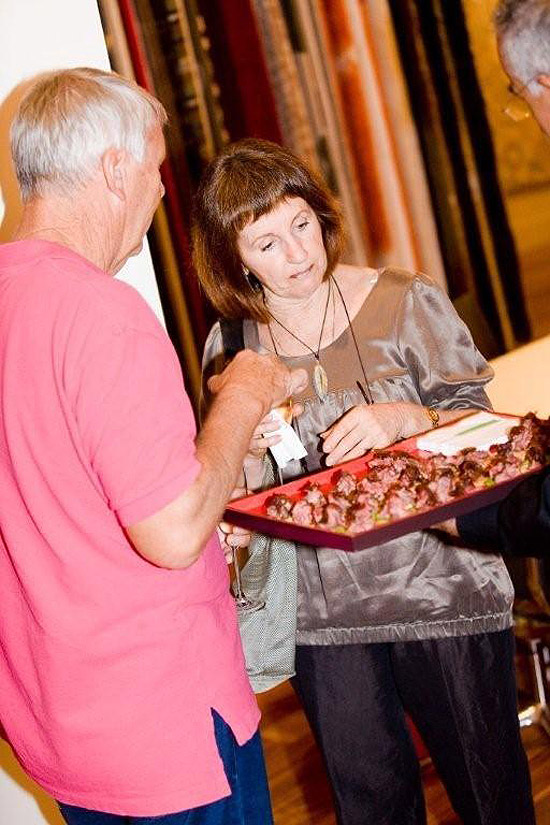
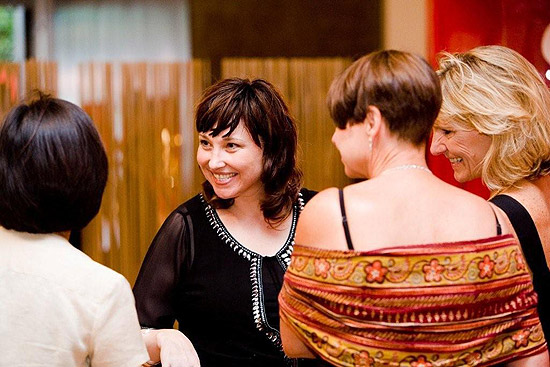
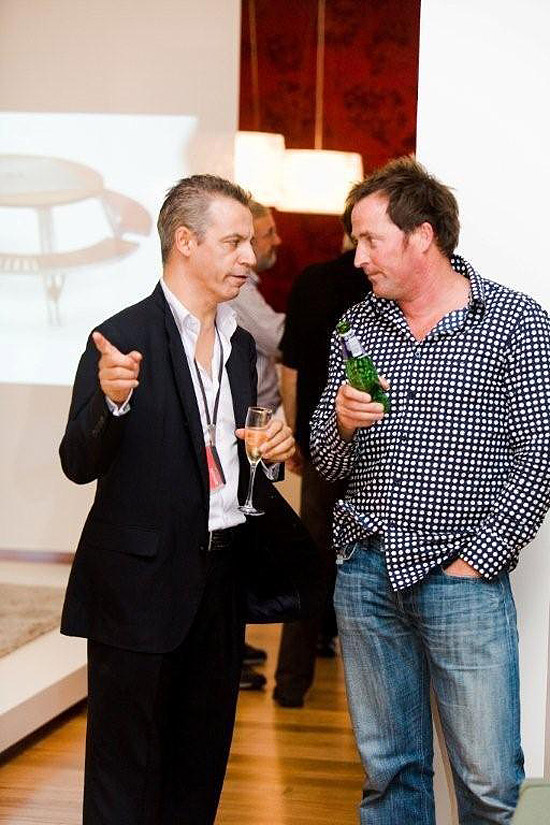

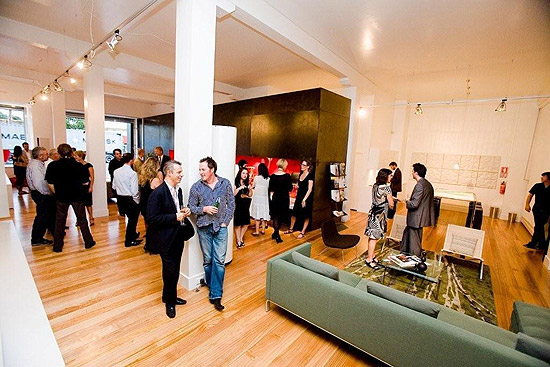
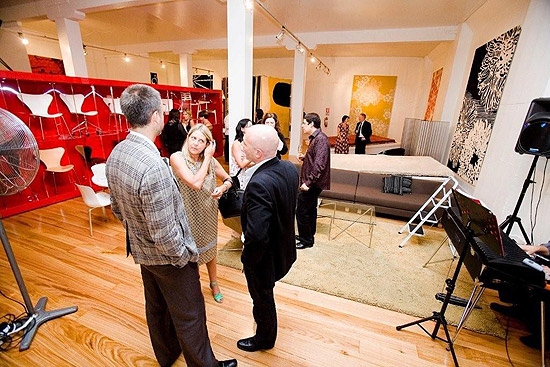

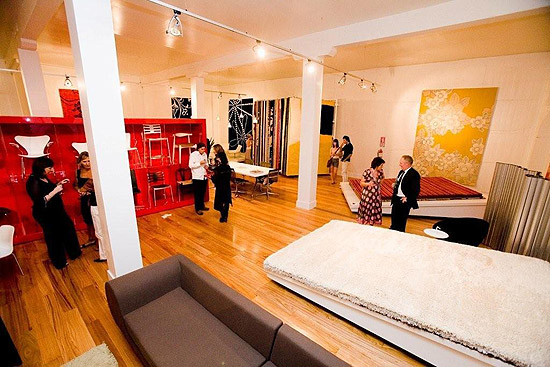
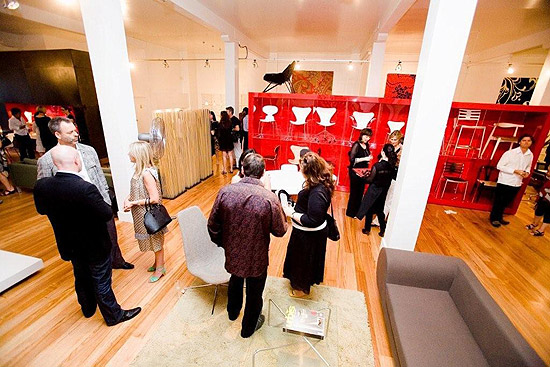
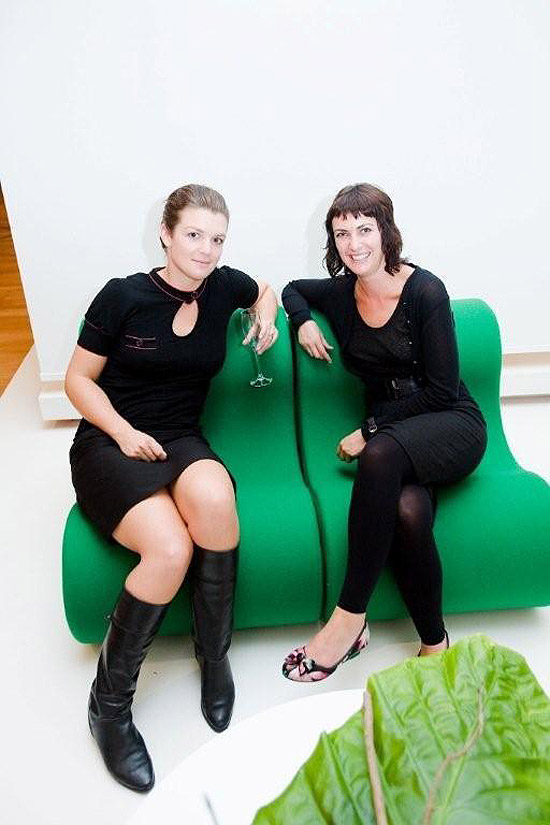
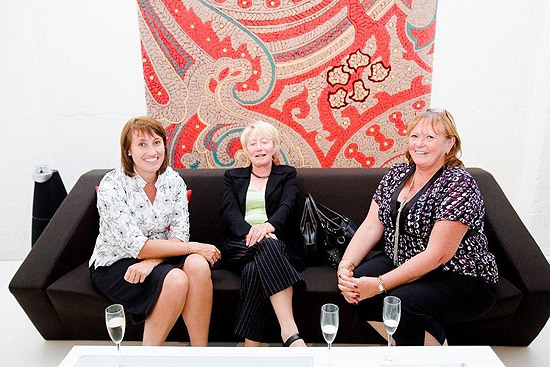

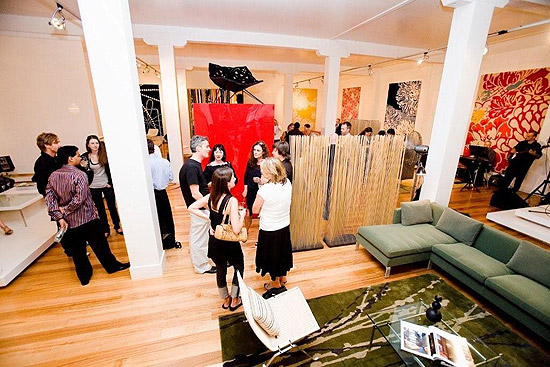

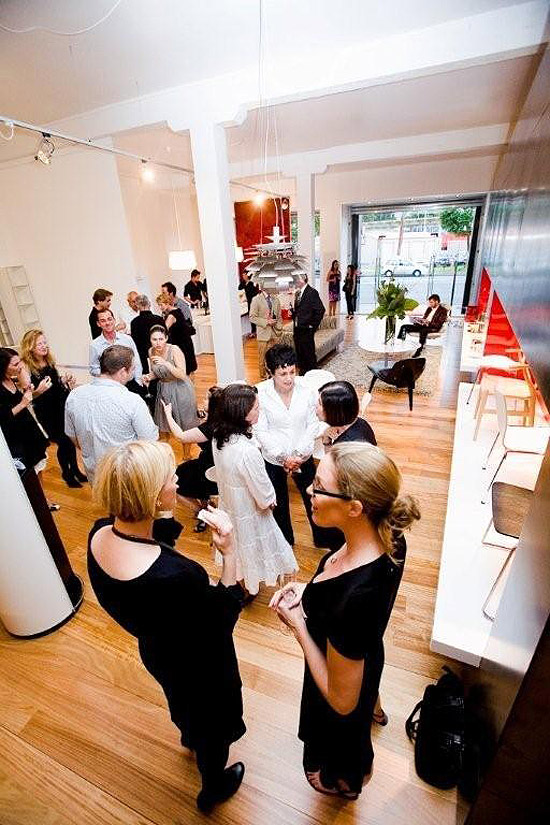
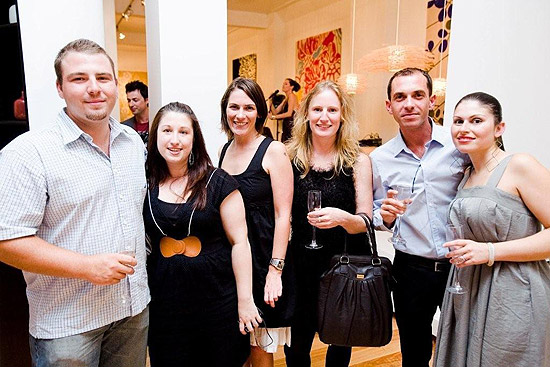


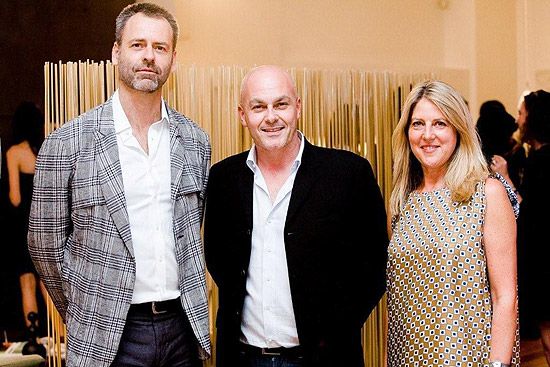
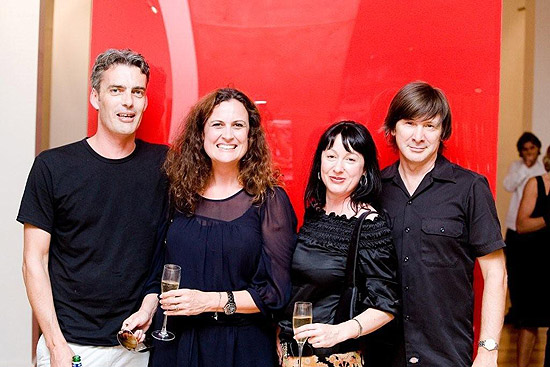
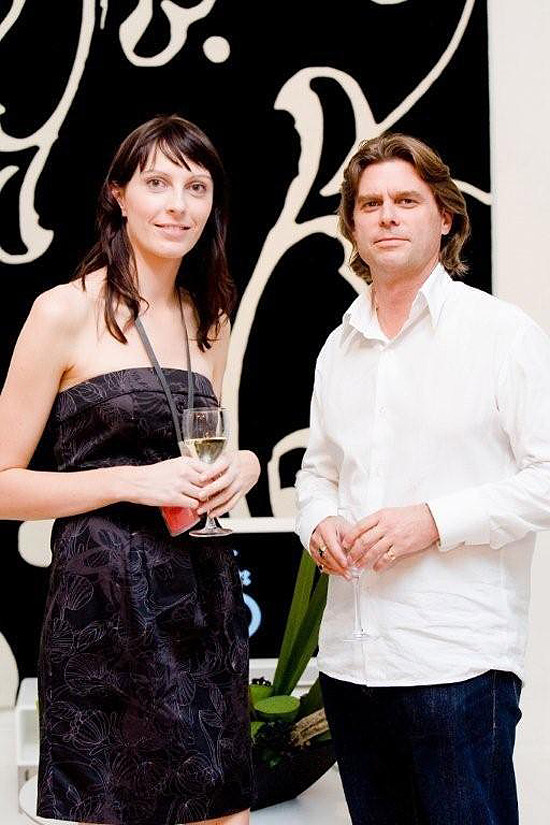
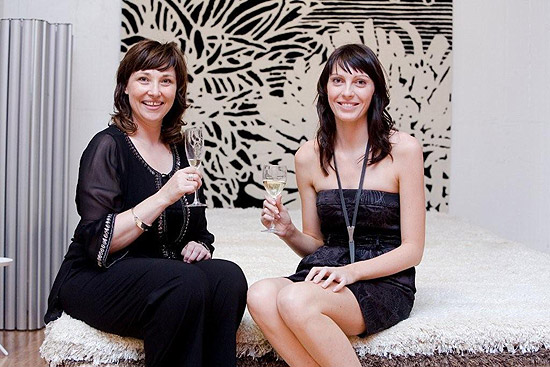


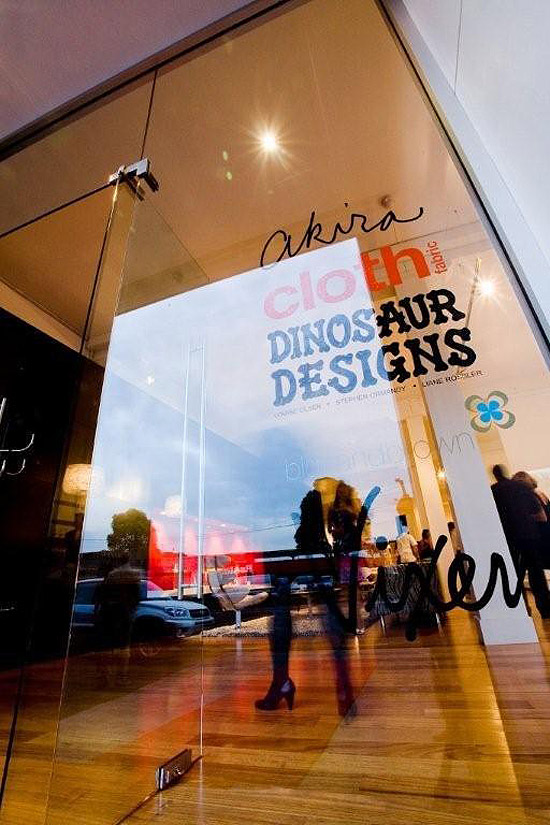
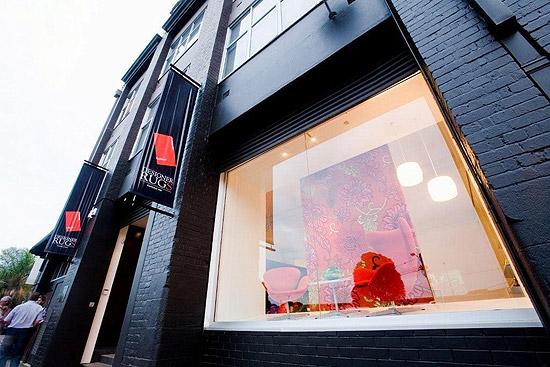

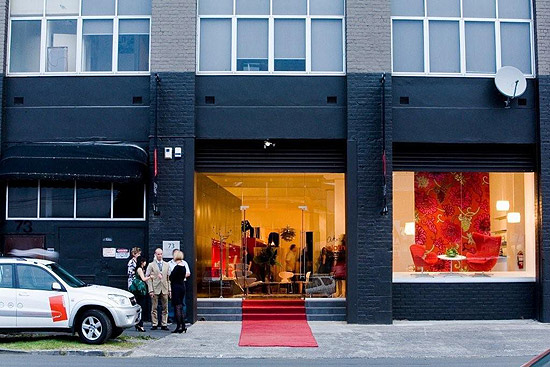
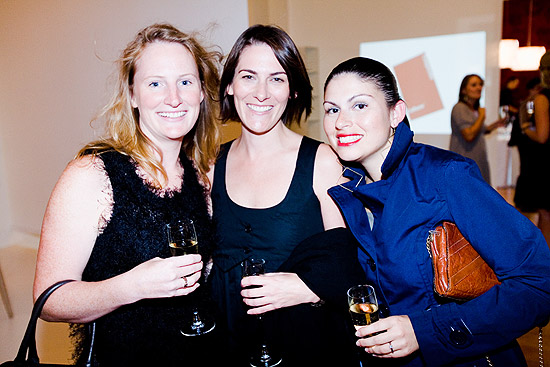
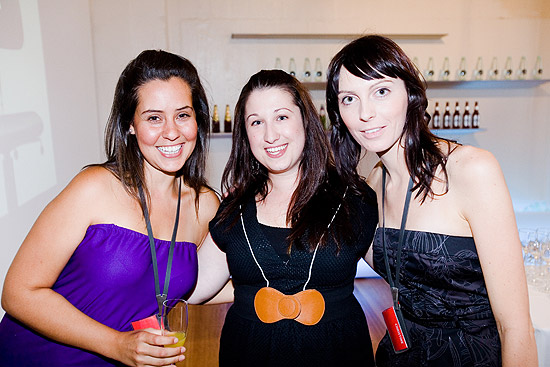
INDESIGN is on instagram
Follow @indesignlive
A searchable and comprehensive guide for specifying leading products and their suppliers
Keep up to date with the latest and greatest from our industry BFF's!
The new range features slabs with warm, earthy palettes that lend a sense of organic luxury to every space.

For Aidan Mawhinney, the secret ingredient to Living Edge’s success “comes down to people, product and place.” As the brand celebrates a significant 25-year milestone, it’s that commitment to authentic, sustainable design – and the people behind it all – that continues to anchor its legacy.

CPD Live’s final live-presented season for 2025 continues with a powerful Day 2 lineup, delving into façade weatherproofing, apartment design trends, smart bathrooms, and digital compliance. Starting from 9 AM AEDT, these free CPD-accredited sessions will help you finish the year with fresh insight and full compliance confidence.
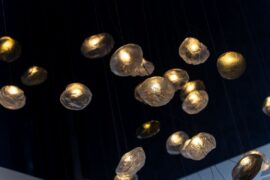
Lighting becomes storytelling in the hands of Bocci and Moooi – brands championed by Space Furniture.
The internet never sleeps! Here's the stuff you might have missed
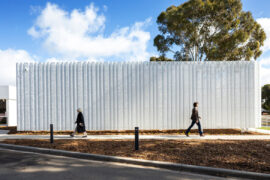
Through expert architecture, EBD Architects has provided a human face to great design and created a project that enhances the lives of people and community.
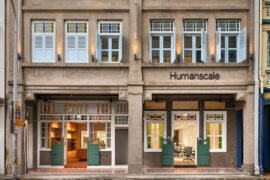
Humanscale’s new showroom is about the modern workplace, with ergonomic excellence, sustainable design and architectural heritage in Singapore.